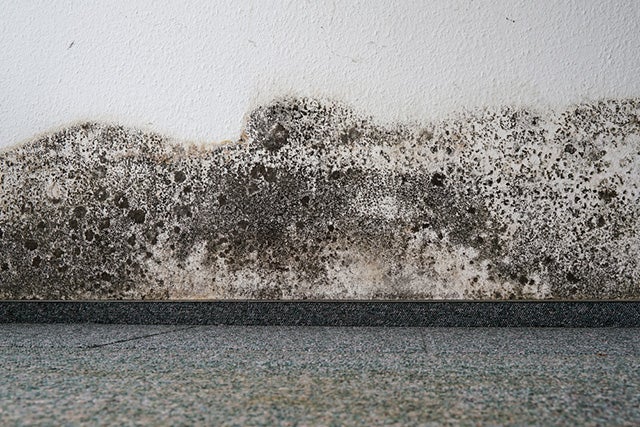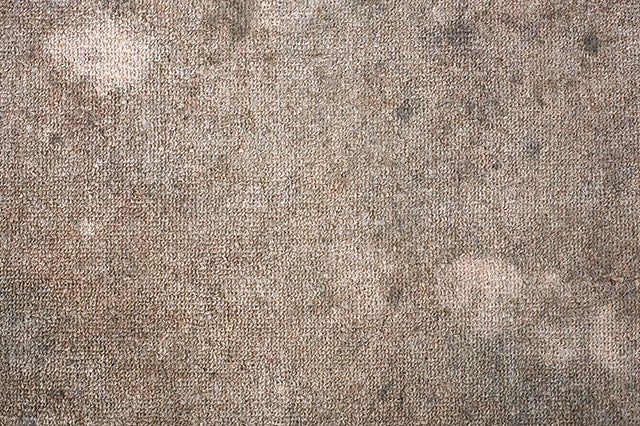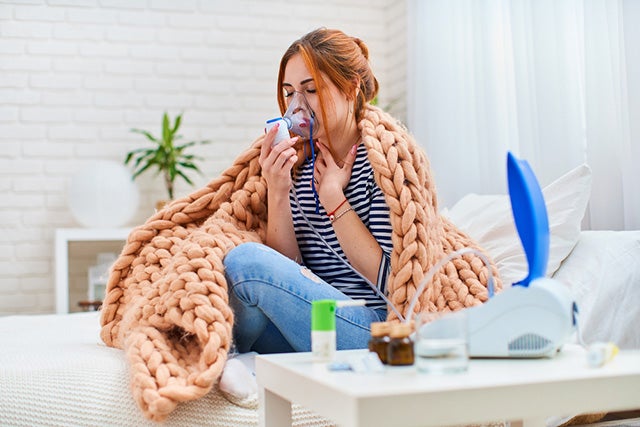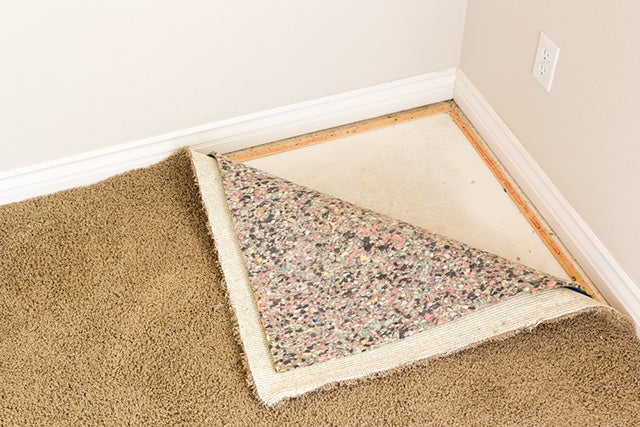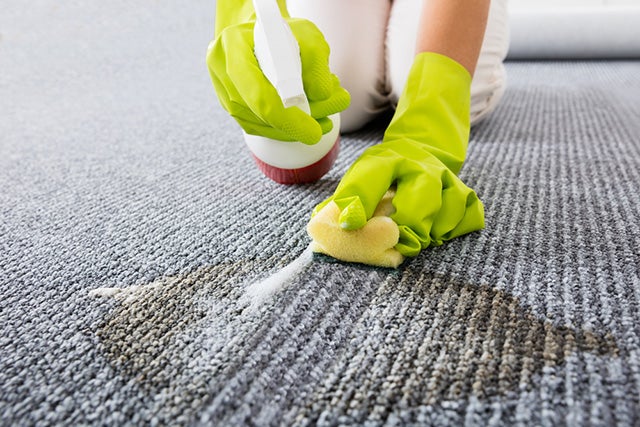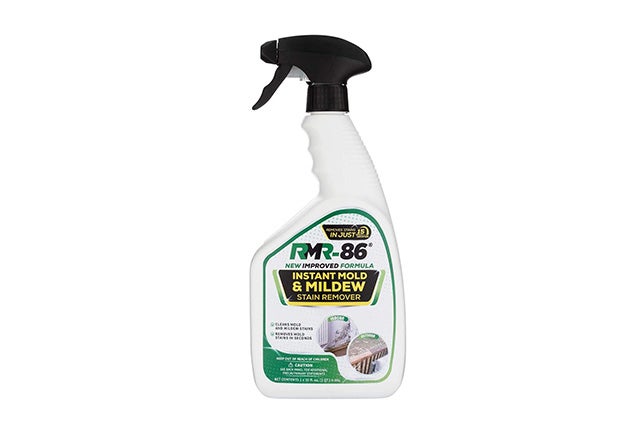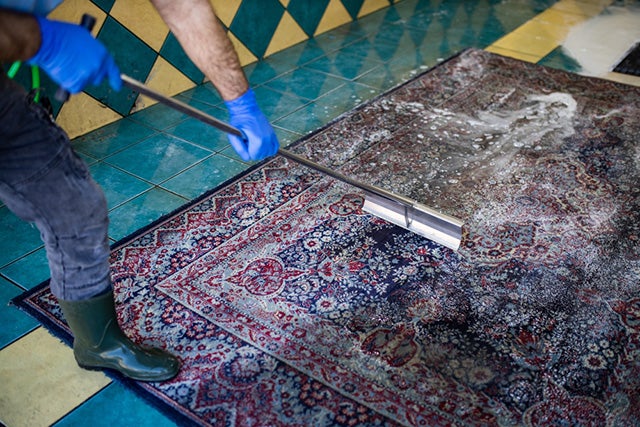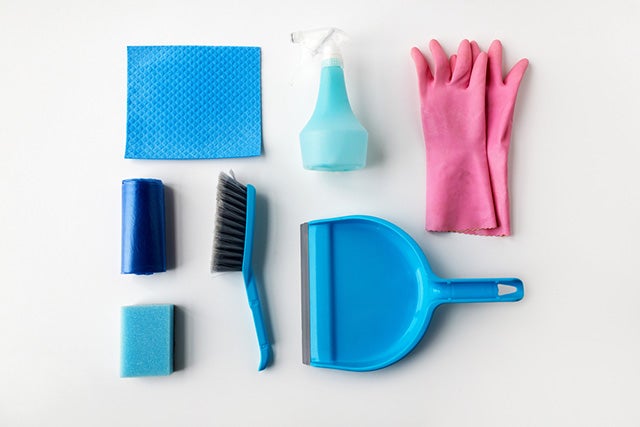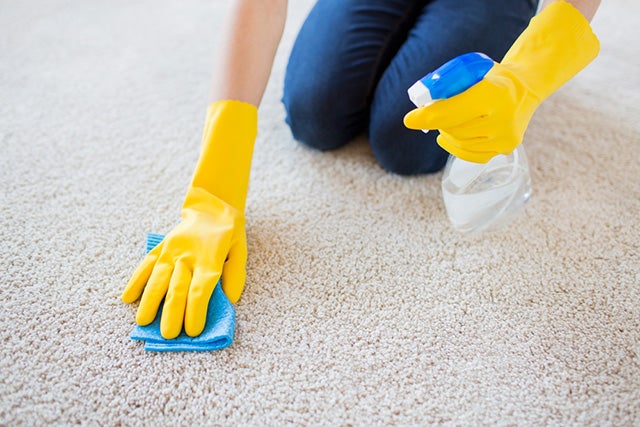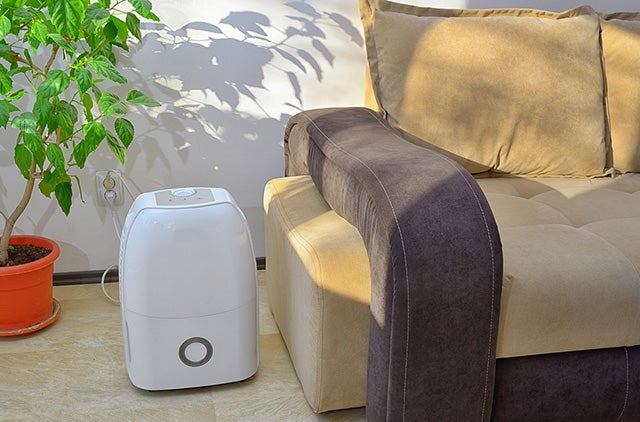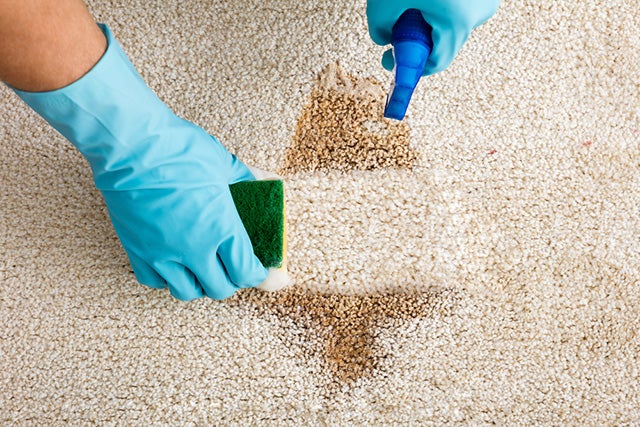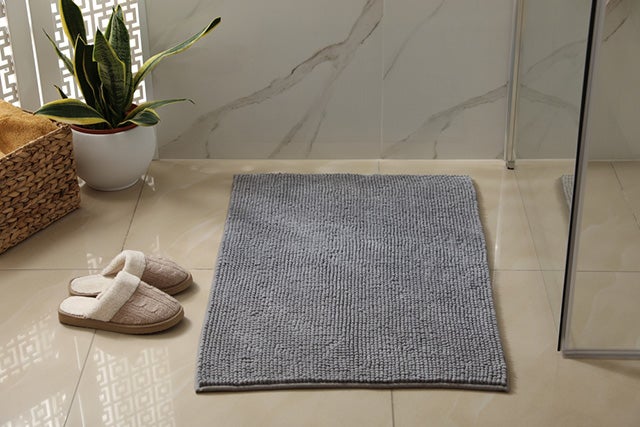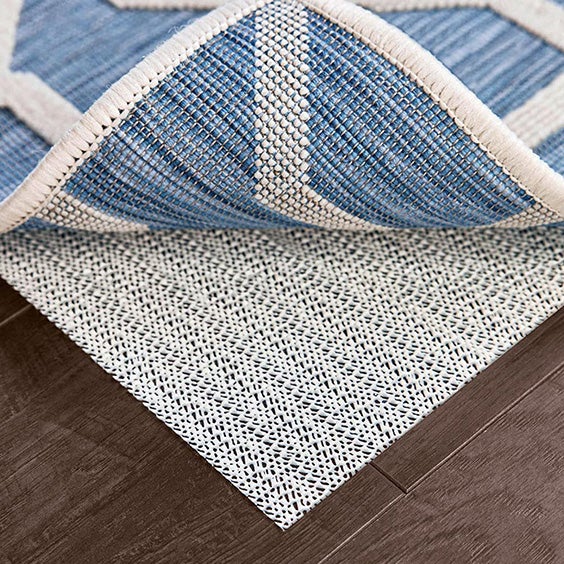Have you noticed difficulty breathing or asthma attacks that you can’t explain? Mold might be the culprit. It’s crucial to get rid of any mold as soon as you can if you find any in your home.
Exposure to mold spores could be dangerous. If mold grows in your carpet, eradicating it will be much more challenging. So let me teach you how to get mold out of the carpet.
What Causes Carpet Mold?
Mold can quickly grow in areas of the home that you wouldn’t expect. Places like your mattress, ceiling, and even carpets. Mold needs moisture, oxygen, a food source, and a surface on which it can grow to flourish and spread.
The spores can be detected floating around in the air rather frequently. Mold will begin to grow immediately when spores settle on a wet area indoors, including dust serving as food for the spores.
Carpeting that extends from wall to wall, in addition to area rugs, has the potential to serve as a great breeding ground for mold if certain conditions are met.
Mold can form in as little as a few days if the source of the dampness isn’t addressed, whether it’s a dripping pipe, overwatered plants, or an untrained puppy.
Though you might be able to handle smaller mold patches on your own, anything wider than 5 feet will certainly need professional treatment because the mold has probably penetrated the flooring or the underlay. Mold is a living, growing organism, and its spores spread swiftly. Thus, prompt action is required in both minor and extensive infestations.
While figuring out how to remove mold from the carpet, it’s important to remember that the underlying issue, such as groundwater seepage or other environmental concerns, must also be addressed.
Dangers of Carpet Mold
Molds create allergens, which can trigger allergic reactions and even poison you due to their toxic substances. Sensitive people may experience an allergic reaction upon coming into contact with mold.
Hay fever-like symptoms, like a runny nose, sneezing, itchy eyes, and a rash, are common reactions to allergens. Mold allergy is a prevalent condition. Asthma patients are additionally at risk for experiencing asthma episodes.
People who are allergic to mold and those who are not can experience irritation to their eyes, lungs, throat, and nose if they are exposed to mold. Experiments have shown that breathing mold spores can cause various symptoms in humans, including but not limited to those associated with allergies and irritants.
How to Get Mold Out of Carpet
Mold can be removed from the carpet using several methods, some more efficient than others. It is more accurate to say that natural antifungal therapies like tea tree oil “inhibit” mold growth than actually “destroy” it.
You can eliminate this nasty fungus with bleach, but the carpet may get discolored. Therefore, your best option is an antifungal spray that is designed to destroy mold and is readily accessible at retail stores and home improvement centers.
What You Need
- Antifungal spray
- Disposable cleaning rags
- Protection goggles
- Face mask
- Rubber gloves
- Dustpan
- Brush with stiff bristles
- Trash bags
- Dehumidifier
Step 1: Prepare the Area
Open any windows and let in some fresh air, or if the rug can be removed, take it outside to dry it and treat the odor. Although not all molds pose a health risk, it is wise to take precautions by donning a face mask, goggles, and rubber gloves before beginning work.
Step 2: Alternatively, Raise the Carpet
If you cannot remove the carpet, you should treat the mold that can be seen on its surface.
You should raise the carpet if possible to get to the moldy section of the carpet’s backing. If mold has grown across more than a few feet of the carpet’s backing, it cannot be cleaned effectively, and the carpet will need to be replaced.
If you don’t want to spend that much money, you can just remove the moldy carpet from that specific region, leaving a 12-inch border around the damaged area, and replace it with a brand-new carpet.
To prevent mold from returning, you should also remove and replace the affected area’s underlay.
Step 3: Scrub the Carpet
Clean the surface of the carpet using a brush with stiff bristles. Brush the mold spores onto a dustpan and throw it away in a tied-up trash bag. Avoid vacuuming the carpet, as this can spread mold spores on surrounding surfaces.
Step 4: Apply Anti-Fungal Solution
Use an antifungal spray on the affected area and six inches around it. Make sure the solution you use is designed specifically for carpets. If you can lift the carpet, spray the solution on the front and the back. Spray some solution on the floor area that came in contact with the mold from the carpet. Let the solution sit there for about 1 hour.
You might be interested: Best Cleaning Products
Step 5: Remove Excess Solution
To remove any excess antifungal spray, blot the area with a clean rag that you can dispose of after. Do not apply any kind of treatment, including water, to the region. The antifungal medication will keep working up until the point where it has completely dried out.
Refrain from using a fan to speed up the drying process because doing so can spread mold spores to other areas and cause additional issues. Instead, you should seal all of the room’s windows, crank the thermostat up high, and run a dehumidifier while you wait a full day for the carpet to dry out naturally.
Because the mold is still “alive” and could potentially spread, avoid walking over this area. Also keep pets and children at a distance.
Step 6: Clean the Tools
Clean your dustpan and brush using hot, soapy water to eliminate mold spores. Apply antifungal spray and allow the cleaning tools to dry fully.
Step 7: Reapply the Treatment
You should redo all these steps and apply another round of solution. Dehumidifiers should be allowed to continue operating for a few more days to remove mold spores from the air.
Mold should no longer be a problem once the carpeting has completely dried. Despite this, you shouldn’t take anything for granted. Check the area once or twice daily over the next few weeks to ensure the mold has not returned and is no longer growing there.
You might be interested: Is Your Mattress at Risk for Mold?
How to Prevent Mold Growing in the Carpet
It’s better to take the safe road, so preventing mold growth means you’ll never have to deal with removing it.
Learn to Control Moisture
Mold can be prevented from growing in a carpet by consistently keeping a humidity level at or below 65 percent. You can reduce the amount of humidity in an enclosed space by using a portable dehumidifier or by ensuring adequate ventilation by keeping doors and windows open as required. You shouldn’t open the windows if the humidity level outside is high.
You might want to read this: How Humidity Affects Sleep?
Clean the Carpet Often
Mold can grow on carpeting for two reasons when the dirt is present. To begin with, the dirt is contaminated with mold spores. The dirt itself carries moisture. Mold can easily flourish in this environment due to moisture in the dirt, which creates an ideal environment for its growth when combined with the high ambient humidity.
Dirt is a hygroscopic material, which means that it rapidly absorbs any available moisture. This means it acts like a magnet for moisture.
Despite moisture, a carpet’s ability to prevent mold growth is directly proportional to the degree to which it has been cleaned.
Be Careful with Carpet Placement
Do not install carpeting in locations that are likely to be regularly exposed to significant moisture levels. For example, if you have carpet in the basement or bathroom, it will naturally be exposed to more humidity, increasing the odds of more mold appearing.
Pay Attention to Carpet Padding
There is a type of carpet padding available that is a solid rubber slab and has anti-microbial characteristics. It costs more than other forms of padding, but it has the potential to help avoid the growth of mold, particularly in locations that are prone to periods of high humidity.
Lower the Temperatures
It is likelier for mold to grow in rooms 80 degrees F and higher. If you live in a hot area, air conditioning can go a long way to preventing mold growth by keeping the temperature in check.
The Verdict
Mold can be difficult to eradicate from the carpet if it becomes embedded. If replacing the carpets is out of the question, then a thorough cleaning that stops the mold from traveling elsewhere in the house may be the answer. Carpets should be kept dry to prevent mold growth, and any damp ones should be dried rapidly.
Photo credit: Warut Chinsai/Shutterstock;
Heiko Kueverling/Shutterstock; Alexander_Safonov/Shutterstock;
r.classen/Shutterstock; Andy Dean Photography/Shutterstock;
Andrey_Popov/Shutterstock; romul 014/Shutterstock;
Ground Picture/Shutterstock; mady70/Shutterstock;
Andrey_Popov/Shutterstock; New Africa/Shutterstock
